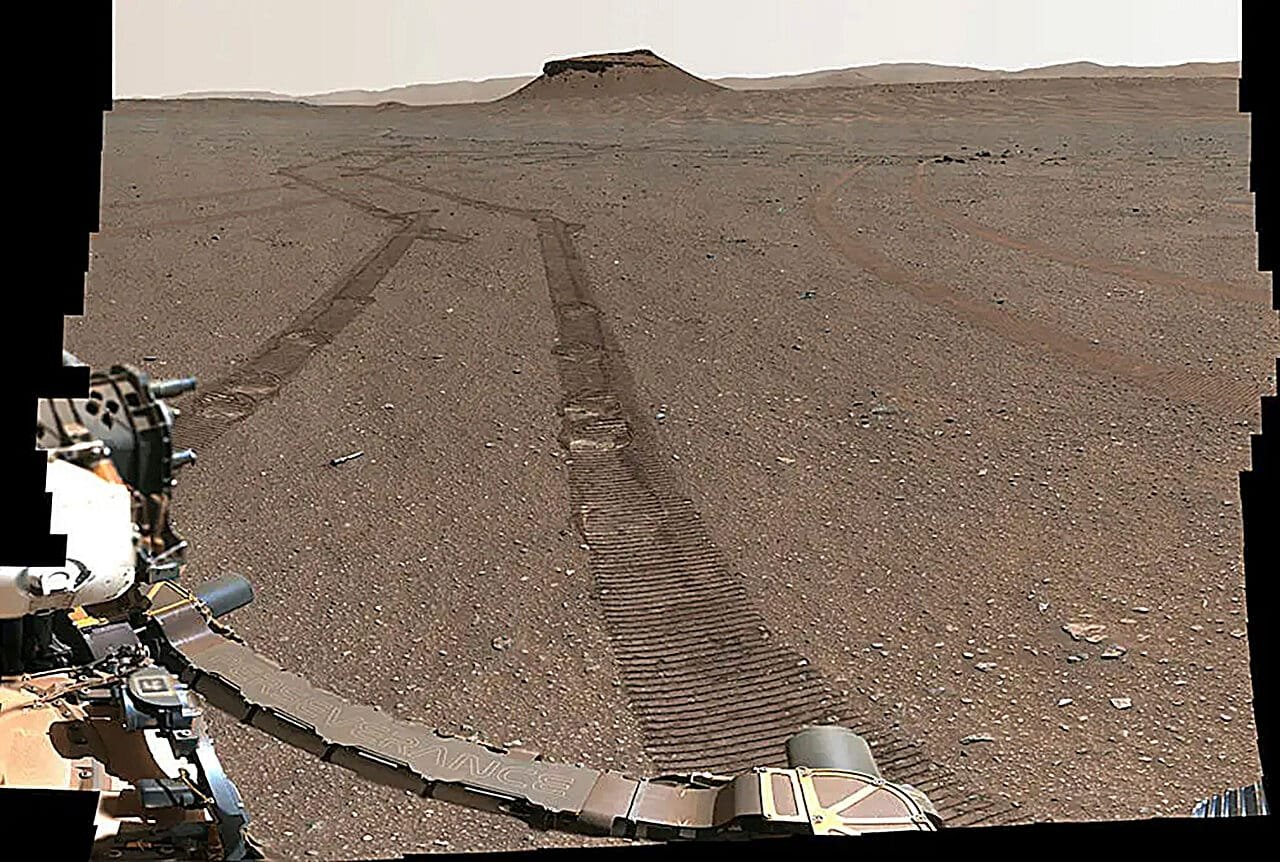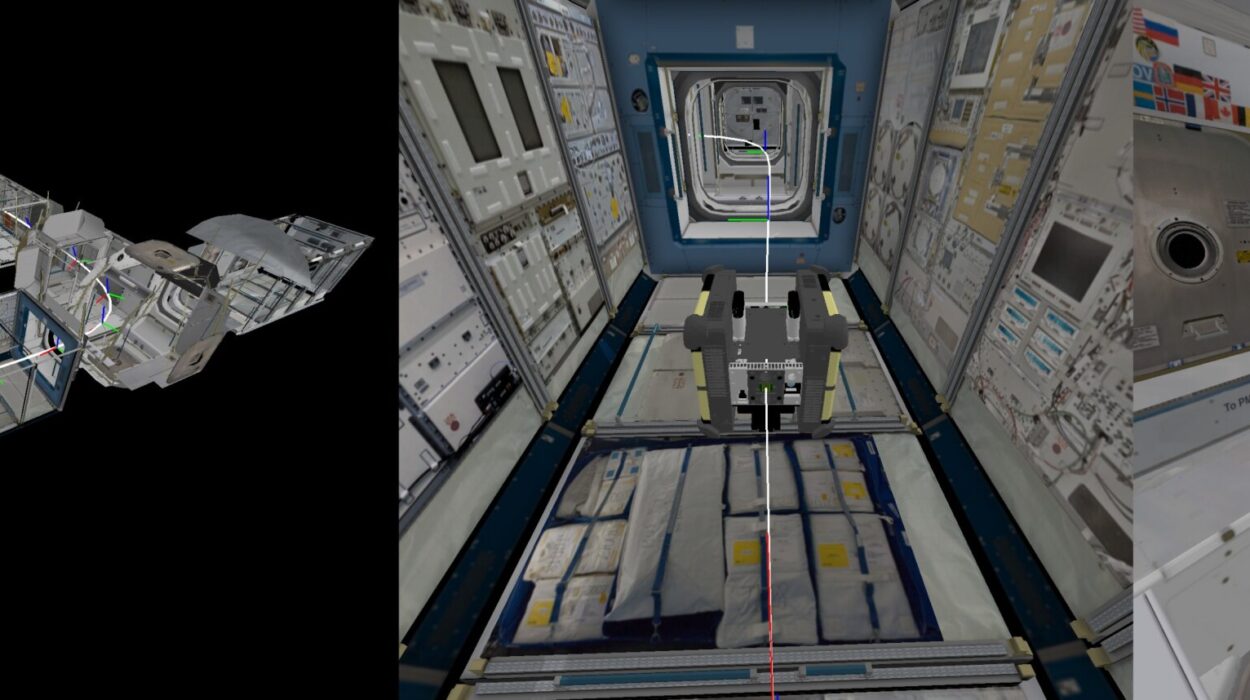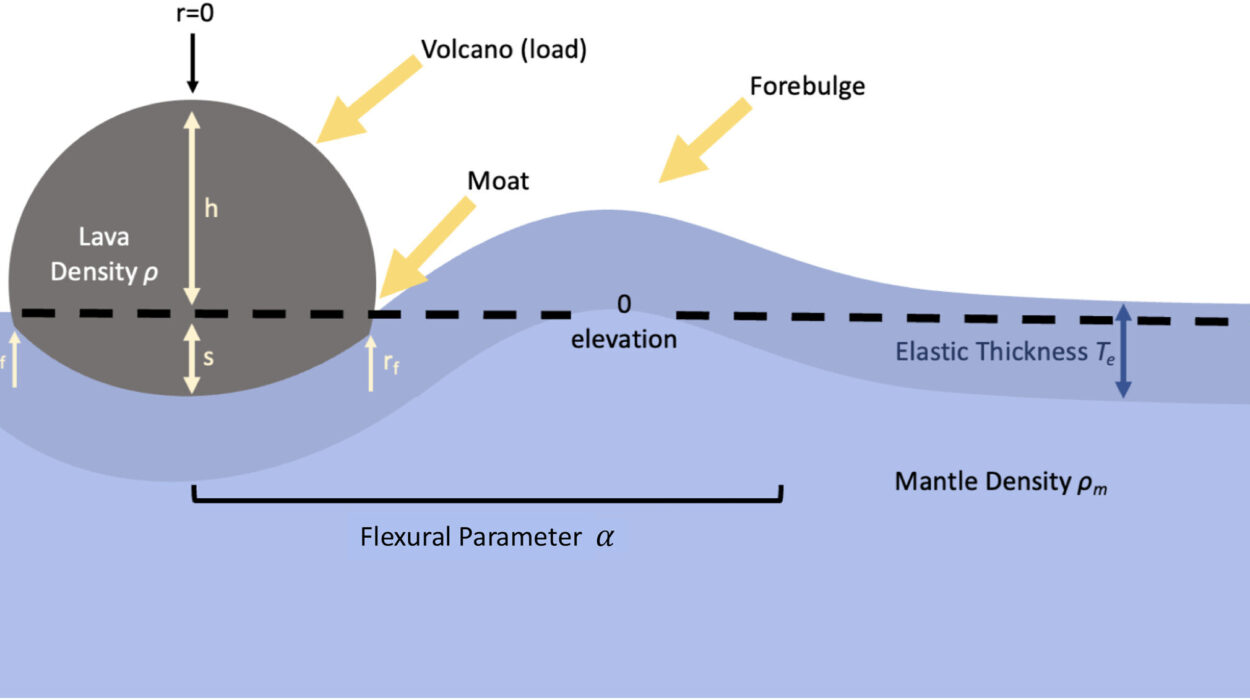NASA, renowned for its ambitious space exploration missions, is now reevaluating its strategy to bring back samples from Mars in a quicker and more cost-effective manner. The space agency has revised its original plan, which had ballooned to an estimated $11 billion and faced delays that could push the mission’s conclusion into the 2040s. Administrator Bill Nelson outlined a new path forward, aiming to accelerate the timeline and reduce the expense of the project, as NASA seeks innovative alternatives to bring Martian rocks and soil to Earth by the 2030s.
This renewed focus comes at a critical juncture as Nelson prepares to step down, leaving the mission’s future in the hands of the incoming administration. Nelson described how he decided months ago to “pull the plug” on the initial plan, given its unsustainable cost and the protracted timeline. Recognizing the urgency of the task, NASA last year reached out to private industry and other stakeholders, requesting ideas for cost-efficient approaches to safely retrieve the valuable samples currently collected by the Perseverance rover.
At the heart of the project is NASA’s objective to bring back 30 titanium tubes containing samples of rocks and soil that Perseverance has meticulously gathered since landing in 2021. The rover is exploring an ancient river delta—a prime location to search for signs of ancient microscopic life on Mars. The scientific value of analyzing these samples in Earth-based laboratories cannot be overstated, as they could provide critical insights into the history of Mars and the possibility of life beyond Earth.
In presenting the revised options, NASA highlighted two possible approaches, both designed to be faster and cheaper, ranging in cost from $6 billion to $7 billion. These options would maintain the same number of launches and spacecraft originally planned but incorporate significant innovations to streamline the mission. While details of these options are still being evaluated, one approach retains traditional NASA methods, including using the proven sky crane technology that successfully delivered the Perseverance and Curiosity rovers to Mars. The second option, however, draws on ideas developed by private industry, potentially integrating new landing systems to simplify operations on the Martian surface.

Regardless of the chosen approach, one crucial modification involves cleaning the sample tubes directly on Mars rather than in the returning spacecraft. This adjustment reduces the complexity of the mission and ensures the samples are ready for safe transport to Earth. Furthermore, NASA plans to switch from solar power to nuclear power for critical systems, a decision designed to ensure continuous operation in Mars’ harsh environment, particularly during its infamous dust storms.
Nelson emphasized the urgency of securing funding and finalizing a plan to achieve these goals. He also acknowledged that it will ultimately be up to the incoming administration to determine the mission’s next steps. The nomination of Jared Isaacman, a billionaire entrepreneur and seasoned space traveler, as Nelson’s potential successor adds an intriguing dimension to NASA’s future leadership. Isaacman has firsthand experience in space, having financed and participated in orbital missions, which may lend a fresh perspective to NASA’s collaboration with commercial partners on Mars and beyond.
The Mars Sample Return mission is not just a test of technological prowess but a monumental step in humanity’s quest to unravel the mysteries of our celestial neighbor. Bringing these samples to Earth could revolutionize our understanding of Mars’ geological history, offering clues about ancient rivers, potential life forms, and the planet’s climate billions of years ago. The project also has implications for future human exploration, providing a clearer picture of the challenges astronauts might face when they eventually set foot on the red planet.
NASA’s revised approach also underscores the growing importance of partnerships with commercial companies in space exploration. Over the last decade, collaborations between NASA and private players like SpaceX and Blue Origin have redefined how missions are planned and executed. By leveraging the innovation and cost efficiency of the private sector, NASA aims to build on these successes to achieve a sustainable presence on Mars and other celestial bodies.
Looking ahead, the decision to modernize the Mars Sample Return mission reflects NASA’s adaptability in response to emerging challenges. While the mission’s scope remains grand, the revised strategy seeks to balance ambition with pragmatism. By implementing cutting-edge solutions and embracing collaboration, NASA is laying the groundwork for a more agile and responsive era of space exploration, even as the race to explore Mars accelerates globally.
As the samples continue to be collected on Mars, the clock is ticking for scientists, engineers, and policymakers to finalize the next phase of this unprecedented mission. With numerous milestones yet to be achieved, the Mars Sample Return project stands as a testament to NASA’s enduring vision, dedication to science, and readiness to overcome obstacles in the relentless pursuit of knowledge. Through this effort, the agency is not only advancing the frontier of planetary science but also inspiring future generations to look to the stars with wonder and determination.






